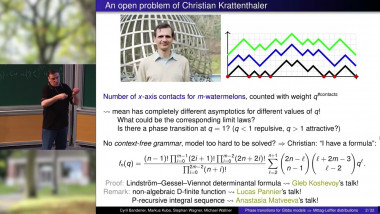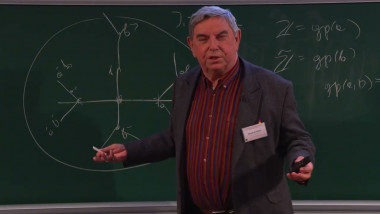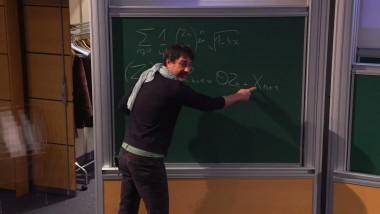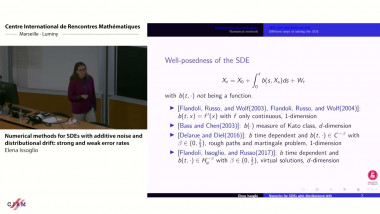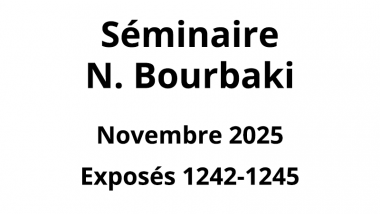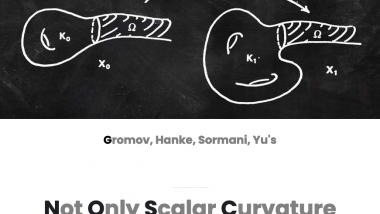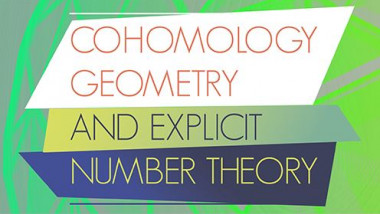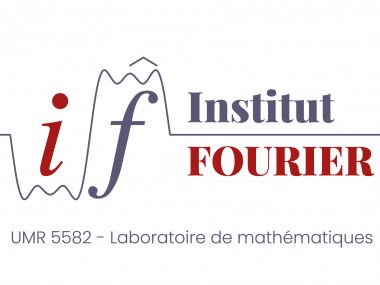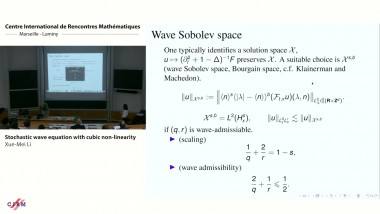Appears in collection : A Random Walk in the Land of Stochastic Analysis and Numerical Probability / Une marche aléatoire dans l'analyse stochastique et les probabilités numériques
In a factor model for a large panel of N asset prices, a random time $S$ is called a 'systematic jump time' if it is not a jump time of any of the factors, but nevertheless is a jump time for a significant number of prices: one might for example think that those $S$ 's are jump times of some hidden or unspecified factors. Our aim is to test whether such systematic jumps exist and, if they do, to estimate a suitably defined 'aggregated measure' of their sizes. The setting is the usual high frequency setting with a finite time horizon $T$ and observations of all prices and factors at the times $iT /n$ for $i = 0, . . . , n$. We suppose that both $n$ and $N$ are large, and the asymptotic results (including feasible estimation of the above aggregate measure) are given when both go to $\infty$, without imposing restrictions on their relative size.
(joint work with Huidi Lin and Viktor Todorov)
